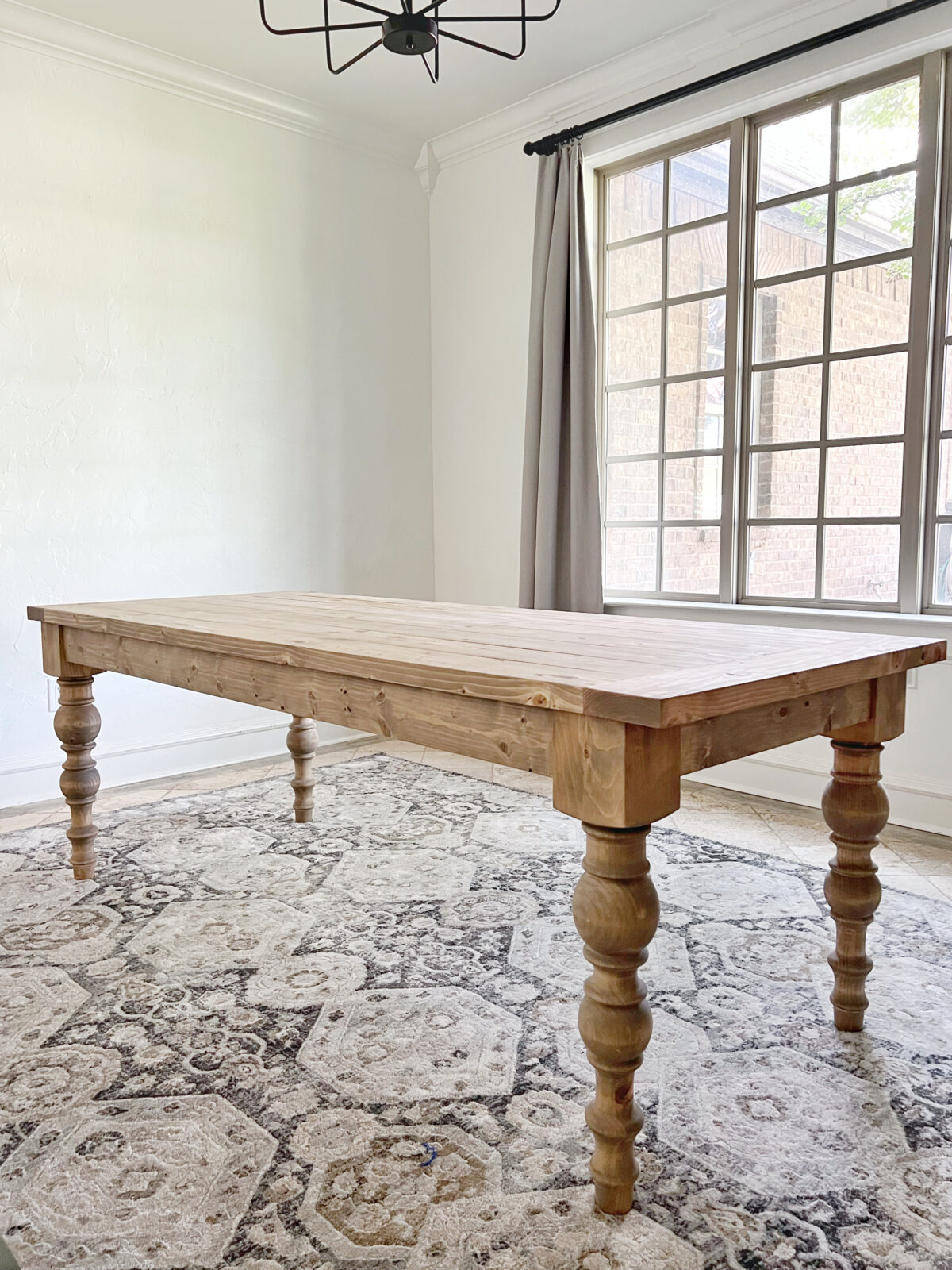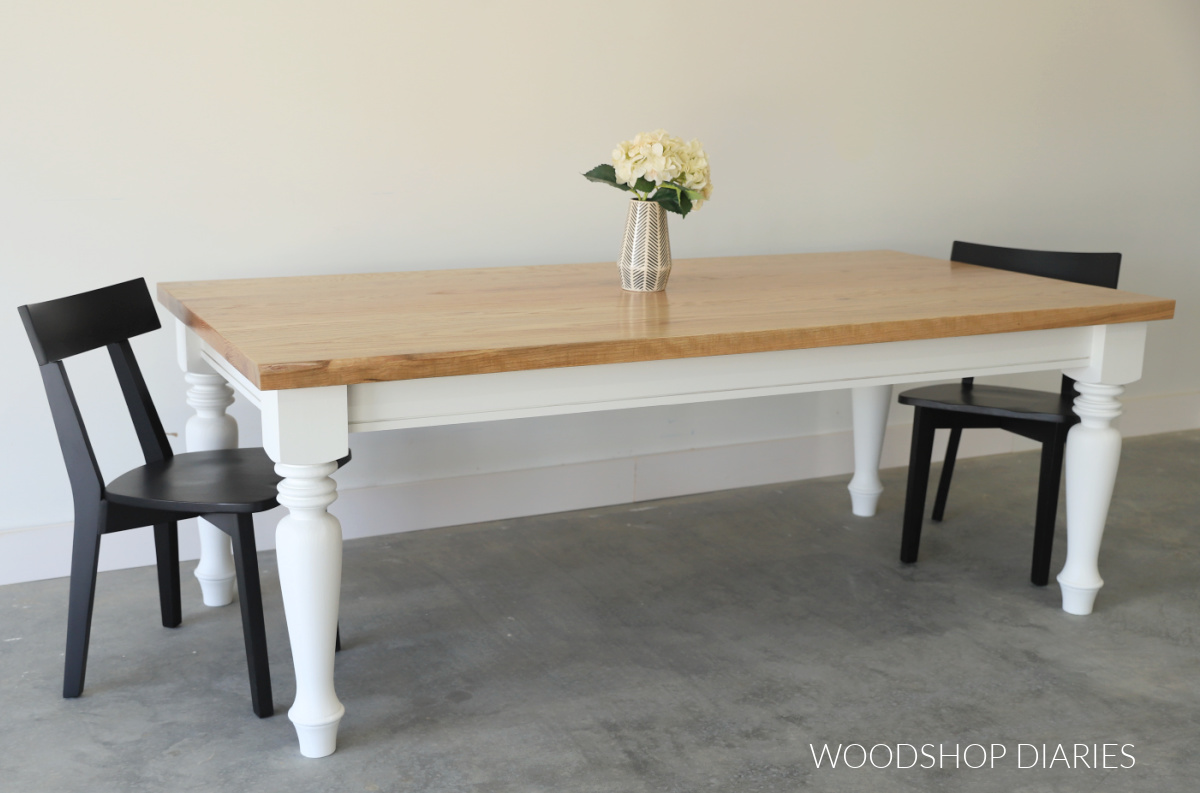Secret Factors to Keep in Mind for Table Legs Timber Choices
When selecting timber for eating table legs, a number of critical variables require cautious factor to consider to make certain both functionality and aesthetic charm. The selection of timber type, defined by its resilience and one-of-a-kind grain patterns, plays a critical role in the overall style and durability of the piece.
Wood Types and Qualities
When choosing wood for dining table legs, it is important to recognize the special qualities of different timber kinds. Various woods provide distinct benefits and downsides, influencing both the toughness and visual charm of the finished item.
Hardwoods, such as maple, oak, and cherry, are frequently liked for their strength and resistance to put on. Oak, known for its impressive resilience, also features a famous grain that can include personality to the table. Maple offers a smooth surface area and is much less prone to warping, making it a trusted selection for practical furniture. Cherry wood, with its abundant shade that deepens with time, gives a lavish appearance however may require more upkeep to prevent scratches.
On the various other hand, softwoods like yearn and fir are more inexpensive and simpler to function with, yet they are much less resilient than woods. Pine is light-weight and includes a warm, rustic appearance, making it a favored selection for informal eating settings. However, it is more susceptible to scratches and dents.
Recognizing these features will assist in making a notified decision to make sure the legs of the dining table fulfill both functional and visual needs.
Grain Patterns and Aesthetic Appeal
Selecting the best grain pattern can dramatically boost the aesthetic charm of dining table legs. The wood's grain is not merely a visual quality; it imparts an unique individuality and charm per piece. Different timber types display distinct grain patterns, varying from the straight lines of maple to the detailed swirls of oak and the striking number of walnut. These patterns can evoke different styles, from rustic to modern, making it necessary to pick a grain that lines up with the general layout of the dining area.
Additionally, the orientation and scale of the grain can affect the regarded dimension and elegance of the table. Bigger, a lot more noticable grains might provide a strong, significant effect, while finer, subtler grains can develop a fine-tuned, underrated appearance. Furthermore, the finishing process can even more boost these patterns, emphasizing the natural elegance of the timber and drawing out abundant shades.
Eventually, the choice of grain pattern should integrate with various other design components, such as the tabletop and bordering furnishings, ensuring a natural visual that elevates the eating experience. Thoughtful selection of wood grain not just adds to the table's appeal but likewise shows the owner's preference and design.
Toughness and Strength
The resilience and strength of eating table legs are vital factors to consider for making certain long life and security in any dining area. Selecting the best wood is crucial, as various species display differing degrees of resilience. Woods such as cherry, oak, and maple are frequently liked for their integral stamina and resistance moved here to wear. These products not just hold up against daily usage however likewise sustain hefty loads, making them ideal for dining tables that frequently accommodate numerous restaurants. Dining Table Legs Wood.

Ultimately, purchasing top quality timber and durable construction methods will certainly yield a dining table that stands the examination of time, while offering a reliable structure for plenty of dishes shared among friends and family. Focusing on sturdiness and stamina makes sure that your table continues to be functional and cosmetically pleasing for years to find.
Maintenance and Care
Appropriate maintenance and care are vital for maintaining the toughness and toughness of eating table legs made from timber. Regular cleaning is crucial; using a soft, damp towel guarantees that dust and debris do not collect, which can bring about scratches and dullness. It is advisable to stay clear of severe chemicals or rough products that could harm the surface.
Furthermore, using an appropriate wood polish or wax periodically can help preserve the sheen and safeguard the timber from moisture and spills. Nevertheless, it is critical to comply with the supplier's suggestions relating to the kind of item to utilize, as specific surfaces may react detrimentally to details chemicals.
Humidity and temperature level fluctuations can likewise influence wood table legs, creating them to warp or split. It's finest to place the table away from straight sunshine and heat sources. Resolving these immediately can protect against additional damage. if the table legs have any damages or scratches.
Lastly, regularly examining the joints and screws for tightness is crucial to maintain architectural honesty (Dining Table Legs Wood). By adhering to these maintenance practices, homeowners can ensure their wooden eating table legs continue to be practical and attractive for several years to find
Environmental Considerations
When picking wood for dining table legs, it's crucial to take environmental considerations into account. The sourcing and sustainability of timber are critical in decreasing environmental influence. Choosing for timber from qualified sources, such as those recommended by click here for more the Forest Stewardship Council (FSC), makes sure that the wood is harvested sensibly, promoting woodland conservation and biodiversity.

Moreover, local sourcing of wood minimizes transport exhausts, sustaining regional economies while lessening environmental impact. It is additionally recommended to be knowledgeable about the wood's treatment and ending up processes, as specific chemicals can be dangerous to both human wellness and the atmosphere. By focusing on sustainable wood options, consumers can add to ecological preservation while delighting in the resilience and elegance of their dining table legs.
Verdict
Finally, picking timber for eating table legs requires careful factor to consider of different factors, including wood kinds, grain patterns, and toughness. The aesthetic allure of distinct grain patterns can improve the total style, while the strength of hardwoods ensures long life. Maintenance requirements and ecological sustainability further influence timber options, emphasizing the significance of sourcing from accredited or recovered materials. An educated selection procedure inevitably adds to a functional and visually enticing eating area that straightens with sustainable techniques.
When selecting wood for eating table legs, numerous essential variables require cautious factor to consider to ensure both capability and aesthetic charm.Proper upkeep and care are vital for maintaining the longevity and strength of dining table legs made from wood.When choosing timber for dining table legs, it's necessary to take environmental factors to consider right into account. By focusing on sustainable timber selections, consumers can contribute to ecological conservation while delighting in the toughness and beauty of their dining table legs.
In final thought, choosing timber for eating table legs requires cautious factor to consider of different aspects, including timber types, grain patterns, and longevity. Dining Table Legs Wood.